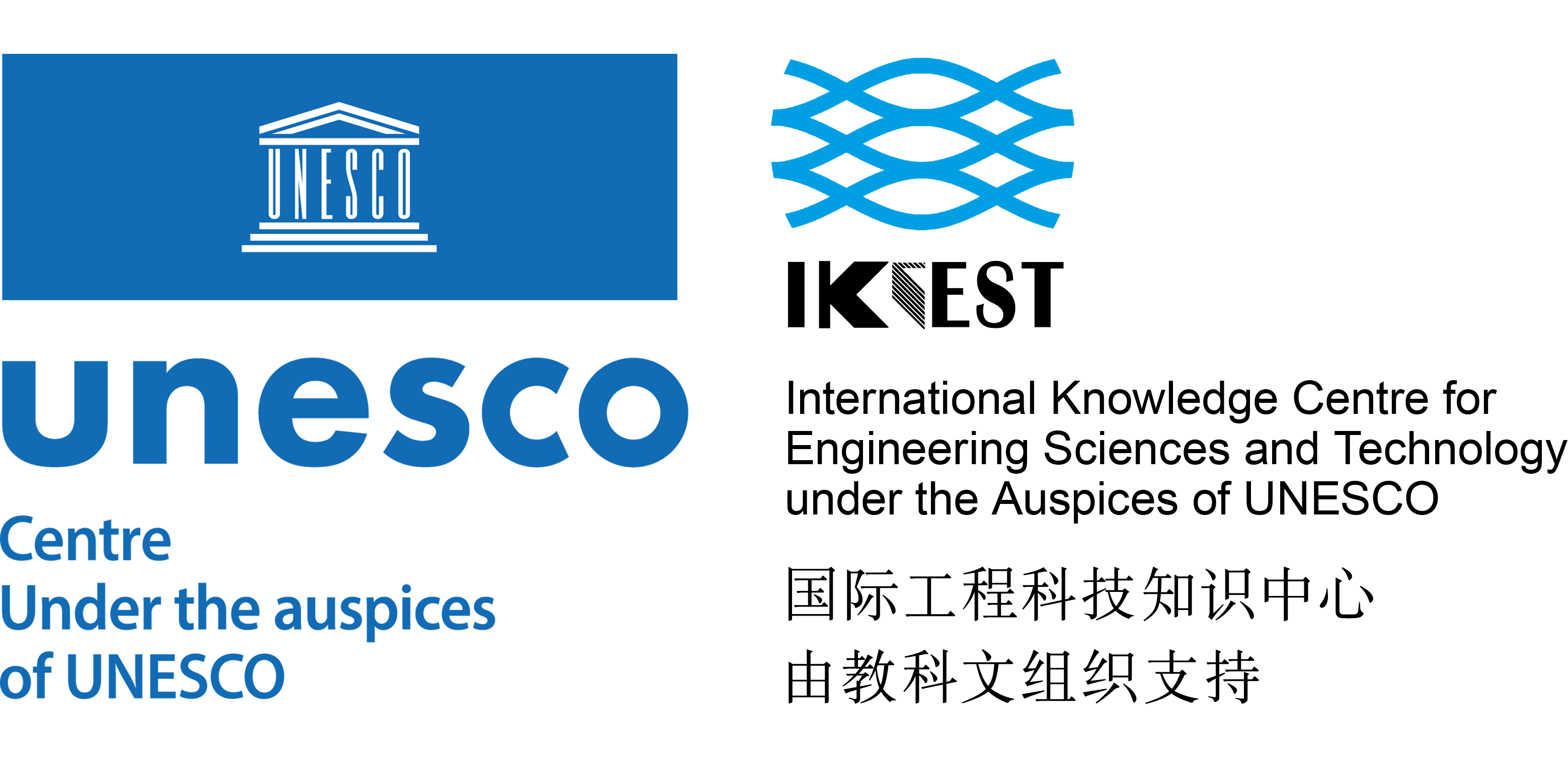Journal
Please choose volume & issue:
-
Evaluation of technical performance of pipes in water distribution systems by analytic hierarchy process
Abstracts:Pipes with in poor condition in water distribution systems cause significant operational problems and water losses. Therefore, it is important to evaluate the technical performance of these pipes. In this study, the evaluation of technical performance of the individual water pipes by Analytic Hierarchy Process (AHP) according to various main-factors such physical, environmental and operational and sub-factors is aimed. The weight coefficients for the physical, environmental and operational main factors were calculated as, 0.43, 0.14 and 0.43, respectively. Physical Factor Score (PFS), Environmental Factor Score (EFS) and Operational Factor Score (EFS) were calculated to define the technical evaluation score of the water pipes. Finally, the Performance Evaluation Score (PES) was calculated using the weights and scores of the PFS, EFS and OFS and applied for 17 individual water pipes selected for testing the technical performance. It was determined that the structural condition and performance of ACP and PVC pipes was bad and the risk of damage was high. It is considered that the AHP model developed may be an important tool in the technical evaluation of pipes for water supply utilities.
-
Medical image super-resolution via minimum error regression model selection using random forest
Abstracts:Super-resolution is designed to construct a high-resolution version of a low-resolution for more information. Super-resolution can help doctors to get a more accurate diagnosis. In this paper, we propose a novel super-resolution method utilizing minimum error regression selection. In the training step, we partition the patches into multiple clusters through jointly learning multiple regression models. Then we train a random forest model based on the patches of multiple clusters. During the reconstruction step, we use trained random forest model to select the most suitable regression model for the reconstruction of each low-resolution patch. Several medical images are applied to test the proposed method. We compare both the objective parameters and the visual effect to other state-of-the-art example-based methods. Experiment results show that the proposed method has better performance.
Hot Journals
- Risk Breakdown Matrix for Risk-Based Inspection of Transportation Infrastructure Projects
- Social Control in Outsourced Architectural and Engineering Design Consulting Projects: Behavioral Consequences and Motivational Mechanism
- 2022 Best Paper Award
- Hold-Ups and Failures in Negotiated Order: Unearthing the Nuances of Rework Causation in Construction
- Prevalence and Risk Factors for Poor Mental Health and Suicidal Ideation in the Nigerian Construction Industry
- CFRP–Cable-Stayed Bridge Hybrid with Partial Suspension and a Span Exceeding 3,000 m: Concept, Optimization, and Construction
- Impact of Wind Load Characteristics on Computed Bridge Stay-Cable Forces Used for Bridge Health Monitoring
- Weak-End and Frequency Detection of Elastically Supported Bridges by Contact Residual Response of Two-Axle Test Vehicle in a Round Trip
- Development of Performance-Based Fragility Curves of Coastal Bridges Subjected to Extreme Wave-Induced Loads
- An Analytical Model to Evaluate Short- and Long-Term Performances of Post-Tensioned Concrete Box-Girder Bridges Rehabilitated by an Ultrahigh-Performance Concrete Overlay
- Three-Dimensional Velocity Distribution in Straight Smooth Channels Modeled by Modified Log-Law
- Experimental Investigation on Flow Past Two and Three Side-by-Side Inclined Cylinders
- An Experimental Investigation of Rotor–Box Aerodynamic Interaction 1
- Modeling Gas–Liquid Flow Between Rotating and Nonrotating Annular Disks
- Entry Length Requirements for Two- and Three-Dimensional Laminar Couette–Poiseuille Flows
Advanced Materials (3,745)
- Structured Perovskite Light Absorbers for Efficient and Stable Photovoltaics
- Strategies for High‐Performance Solid‐State Triplet–Triplet‐Annihilation‐Based Photon Upconversion
- Atomic Engineering Catalyzed MnO2 Electrolysis Kinetics for a Hybrid Aqueous Battery with High Power and Energy Density
- Crystal Adaptronics: Global Performance Indices for Dynamic Crystals as Organic Thermal Actuators (Adv. Mater. 20/2020)
- Enlightening Materials with Photoswitches
Acta Astronautica (1,768)
- Mixed-integer trajectory optimization with no-fly zone constraints for a hypersonic vehicle
- Adaptive control design for active Pogo suppression of large strap-on liquid launch vehicles
- Machine learning based approach for modeling and forecasting of GPS–TEC during diverse solar phase periods
- Effect of two-dimensional micro-cavity surface on hypersonic boundary layer
- Investigation on burning behaviors of aluminum agglomerates in solid rocket motor with detailed combustion model








 User Center
User Center My Training Class
My Training Class Feedback
Feedback





